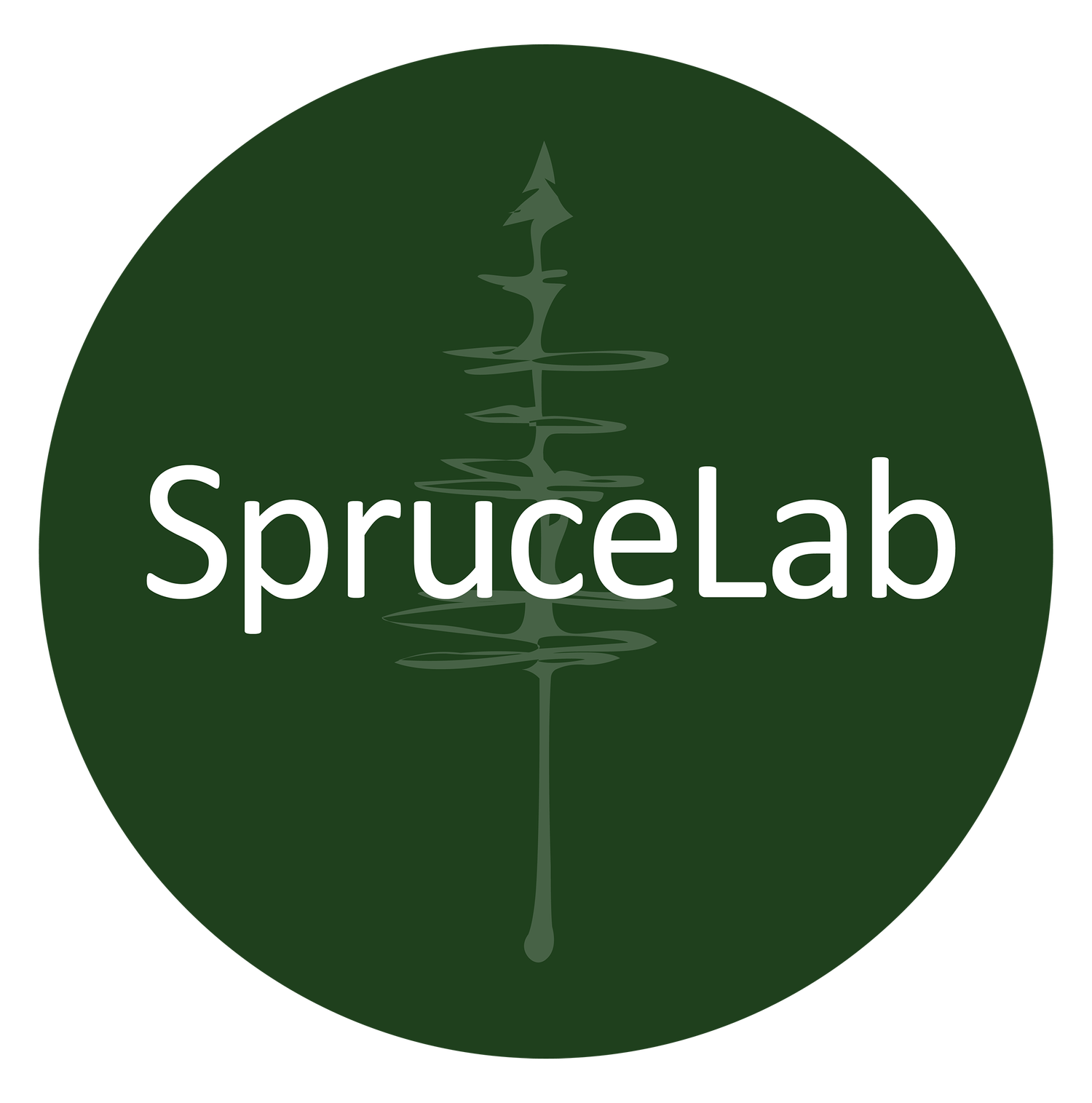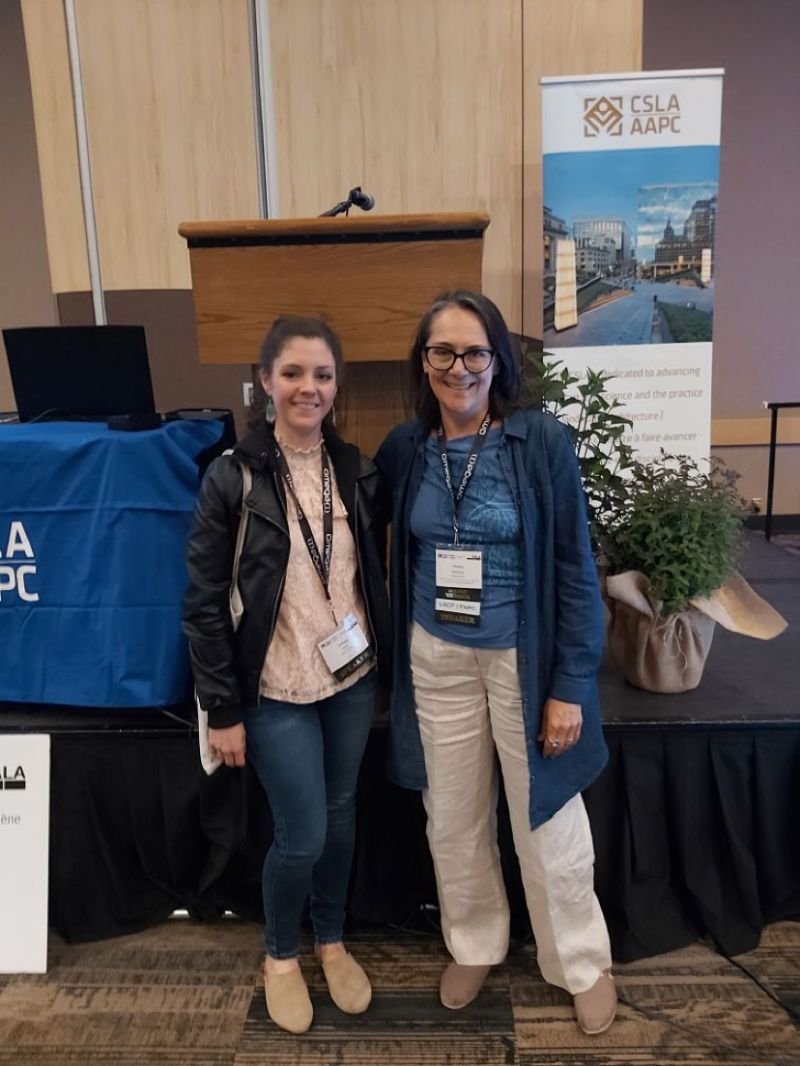Two Generations Thinking Seven Generations
The Canadian Society of Landscape Architecture 2023 Congress in Saskatoon
Colonization. Reconciliation. These are two scary and frustrating words for many people that are also fraught with misconception. What exactly do these mean and why should we care? The best way I know how to address these questions is through sharing some of my personal story.
Colonization is very much alive. I was 30 years old when I realized how it has hurt and impacted myself and my family, and that many of the dominating systems in countries like Canada are still founded on, and operating in, colonist worldviews, which are ultimately hurting everyone.
I started my journey of seriously connecting with my Metis roots in 2020. It is a very personal journey that has sent me on a rollercoaster ride since then. Over the next couple of years my personal cultural awakening dovetailed with my professional life and education in ways I could never have predicted. It has opened many doors for me, and most importantly, it has opened my mind and my heart to another way of knowing and being in the world that I can never unsee.
In autumn of 2022, myself and my classmate, James Diemer (of Trophic Design) had many conversations about reconciliation and colonization and the junctures of these with landscape architecture. We both faced similar challenges in our thesis research, which, by chance, involved Indigenous people and topics. We asked many questions, attended workshops, talked with those we have connections to, and thought critically about our education in the profession. We realized there are some concerning gaps in the profession that need immediate attention. What this primarily entails is a fundamental shift in the orientation of the entire design process that landscape architects undertake. I will describe what this includes next.
South Saskatchewan River, Batoche Metis Historic Site
First, there needs to be a shift in how more-than-human life is valued. ‘More-than-human’ is the best term I know of to describe all life and beings that are not human, including the Earth, Sun, Winds, and Waters. Why this shift? It is quite simple. Humanity is no better than anything else on the planet. Science is proving this in myriads of ways. Humans also rely on every other life form and entity to even exist and thrive. We can not be what we are without everything else. To assume that we are superior is an outdated, Humanistic worldview that intensified during the Enlightenment and Industrial Revolution. Many of the values that emerged from that period of time are still lived out today in Western societies.
Secondly, virtually every harm that Indigenous peoples have endured, and still endure, in some way ties back to the land. In order for reconciliation to truly unfold over time, the land and more-than-human life needs to be included in this, which means that Indigenous voices and worldviews need to be heeded seriously. Any land-based field of work has a responsibility to take this level of reconciliation seriously and step up as leaders about it, landscape architecture included.
So, what else does this shift require for landscape architects? James and I came up with three starting points that we could bring to our professors as a contribution to them, as we finished up our MLA degree. I had asked Sheila for her advice before doing so and this sparked a great conversation. We realized that nothing much had changed from the time that Sheila was a BLA student to 2023, regarding decolonization… which is problematic. This prompted us to apply as speakers at the 2023 CSLA Congress in Saskatoon. In this instance, it was clear that two generations, Sheila and myself, were both thinking with a longer vision than most, a seven generation mentality. So, we presented "Two Generations Thinking Seven Generations” at the congress.
We were given 40 minutes to present our message. We started by sharing a few stories, such as why we wanted to share our message, as well as a bit of our personal lives to emphasize and situate what we were trying to address. Our talk went well and we left some time at the end to have a conversation with the audience. Sheila spontaneously decided to have everyone sit in circle and we took a simple and casual sharing circle structure to converse in. Those who participated seemed to be very engaged, truly listening to our message, asking tough questions, and all trying to do good work in their own way. We even talked through part of our lunch hour break!
It was very encouraging for me to see other Indigenous professionals in attendance at our talk, as well as those who are new to trying to understand colonization, decolonization, and reconciliation. It was a heartfelt and honest conversation that seemed to inspire everyone to continue the work of reconciliation. As an emerging professional in landscape architecture, it was also my first professional public speaking event. I had never shared such personal stories in such a professional environment before and was relieved that it was received so gracefully and respectfully by others. The times are changing.
Through this event, Sheila and I were able to spread the word about SpruceLab also, and made some great new connections with other professionals across Canada. I hope that this prompts others to reconsider their work in landscape architecture, the power and agency they have to affect healing change around them, and to continue prioritizing Indigenous voices, needs and worldviews in all the work they do. I believe that by doing so we will uplift everyone because to uplift Indigenous peoples means to also uplift our more-than-human kin, which ultimately means creating a healthier world for everyone to thrive in.


